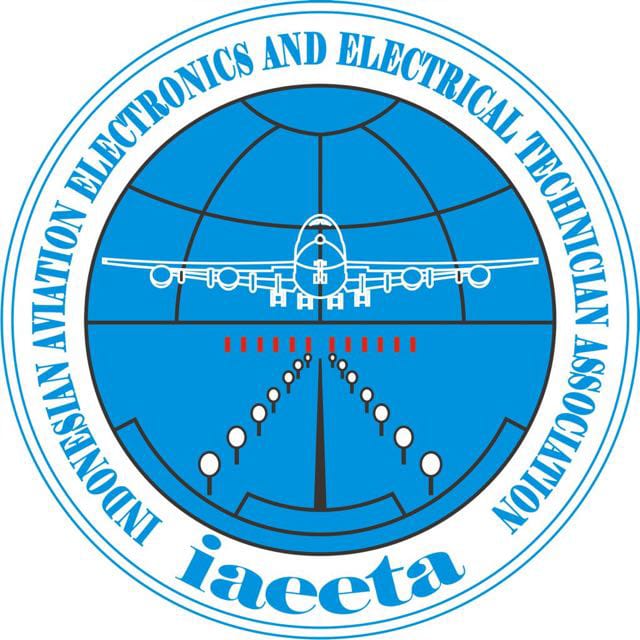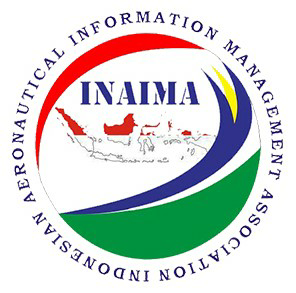Automated System Design for Sending Arrival Messages at Backup Facilities in Jakarta Air Traffic Service Center
Abstract
This research is urgent to ensure that the Arrival Message Engine, which is separate from the Main ATC System, can send ATS Messages automatically. This was deemed necessary to do immediately to back up a bug in the Main ATC System, which caused several Arrival Messages not to be sent. The method used is the research and development method, meaning it is a scientific way to research, design, and test the validity of the product that has been created. Research and development has four levels: researching without testing, testing without researching, researching and testing to develop existing products, and researching and testing to create new products. A product has been produced in the form of an arrival message delivery automation system that automatically sends arrival message data to the AFTN message network and can run well per the user needs assessment in this research. It was proven from the design validation results that the test results were 100% and categorized as very feasible, as well as from the system test results using the Black Box method. As a continuation of this research, a warning and monitoring system for sending ATS messages is needed when a failure or anomaly occurs in the main system. It is hoped that this research can be considered for use in operations as an alternative facility so that it can support activities related to handling ATS messages or flight data processing systems in flight navigation operations.
Downloads
References
Akbar, Muhammad Caesar. "Hubungan Sistem Sosialisasi Prosedur Dengan Kualitas Pelayanan Pemanduan Lalu Lintas Penerbangan di Divisi Jakarta Area Control Center (ACC)." Langit Biru: Jurnal Ilmiah Aviasi 14.02 (2021): 17-27.
A.R., Bestugin & A.A., Eshenko & A.D., Filin & A.P., Plyasovskikh & A.Y., Shatrakov & Y.G., Shatrakov. (2020). Purpose and Comparative Study of the Controllers of ATC Automated System Simulators. 10.1007/978-981-13-9386-0_3.
Akinori Harada, Tooru Ezaki, Tomoaki Wakayama, Koichi Oka, "Air Traffic Efficiency Analysis of Airliner Scheduled Flights Using Collaborative Actions for Renovation of Air Traffic Systems Open Data", Journal of Advanced Transportation, vol. 2018, Article ID 2734763, 14 pages, 2018. https://doi.org/10.1155/2018/2734763
Arikunto, S. (2019). Prosedur Penelitian. Jakarta: Rineka cipta.
Chisholm, Paul. (2019). A Formal Model of ATS Messages: Dynamic Semantics.
Airservices Australia.
International Civil Aviation Organization. (2016). Doc. 4444. Procedures for Air Navigation (PANS) – Air Traffic Management. 16th Edition.
International Civil Aviation Organization. (2008). Preliminary Reference System/Subsystem Specification For The Air Traffic Control Automation System
Kementerian Perhubungan. (2015). Peraturan Dirjen Perhubungan Udara. Nomor: KP 103 Tahun 2015 Tentang Standar Teknis dan Operasi (MOS CASR 171-02) Spesifikasi Teknis Fasilitas Telekomunikasi Penerbangan.
Li, Rui & Zhou, Zili & Cheng, Yansong & Wang, Jianqiang. (2017). Failure Effects Evaluation for ATC Automation System. Applied Computational Intelligence and Soft Computing. 2017. 1-8. https://doi.org/10.1155/2017/8304236
Paweł Ferduła, Jacek Skorupski, "The Influence of Errors in Visualization Systems on the Level of Safety Threat in Air Traffic", Journal of Advanced Transportation, vol. 2018, Article ID 1034301, 16 pages, 2018.
https://doi.org/10.1155/2018/1034301
Russell A. Paielli, "Trajectory Specification Language for Air Traffic Control", Journal of Advanced Transportation, vol. 2018, Article ID 7905140, 10 pages, 2018. https://doi.org/10.1155/2018/7905140
Salah-ddine, Krit & Hafidi, Meryeme & Benaddy, Mohamed. (2018). OPTIMIZATION AND AUTOMATION OF AIR TRAFFIC CONTROL SYSTEMS: AN OVERVIEW. 7.
Sentoso, Michael & Ruseno, Neno. (2021). DEVELOPMENT AND ANALYSIS OF 2D FLIGHT PLANNING SEARCH ENGINE CONSIDERING FUSION OF SWIM
DATA. Angkasa: Jurnal Ilmiah Bidang Teknologi.
10.28989/angkasa.v13i1.941.
Timotic, Doroteja & Netjasov, Fedja & Cicevic, Svetlana. (2020). Investigation of Relationship Between Trust in Automation and Human Personality Traits Among Air Traffic Controllers.
Wang Y, Hu R, Lin S, Schultz M, Delahaye D. The Impact of Automation on Air Traffic Controller’s Behaviors. Aerospace. 2021; 8(9):260. https://doi.org/10.3390/aerospace8090260
Xiangsheng Dou | (2020) Big data and smart aviation information management system, Cogent Business & Management, 7:1, 1766736, DOI: 10.1080/23311975.2020.1766736
Xin Lu, Zhijun Wu, "ATMChain: Blockchain-Based Security Framework for Cyber- Physics System in Air Traffic Management", Security and Communication Networks, vol. 2022, Article ID 8542876, 11 pages, 2022.
https://doi.org/10.1155/2022/8542876
Yousefzadeh Aghdam, M., Kamel Tabbakh, S.R., Mahdavi Chabok, S.J. et al. Ontology generation for flight safety messages in air traffic management. J Big Data 8, 61 (2021). https://doi.org/10.1186/s40537-021-00449-3
Zakaria, Zainuddin & Lye, Sun. (2022). Unearthing Air Traffic Control Officer Strategies from Simulated Air Traffic Data. 10.1007/978-3-030-85540-6_46.
Zhaoyue Zhang, An Zhang, Cong Sun, Shuaida Xiang, Shanmei Li, "Data-Driven Analysis of the Chaotic Characteristics of Air Traffic Flow", Journal of Advanced Transportation, vol. 2020, Article ID 8830731, 17 pages, 2020.
https://doi.org/10.1155/2020/8830731
Copyright (c) 2025 MUHAMMAD CAESAR AKBAR, S.ST., M.M.

This work is licensed under a Creative Commons Attribution-NonCommercial-NoDerivatives 4.0 International License.



.png)


1.png)
.png)












